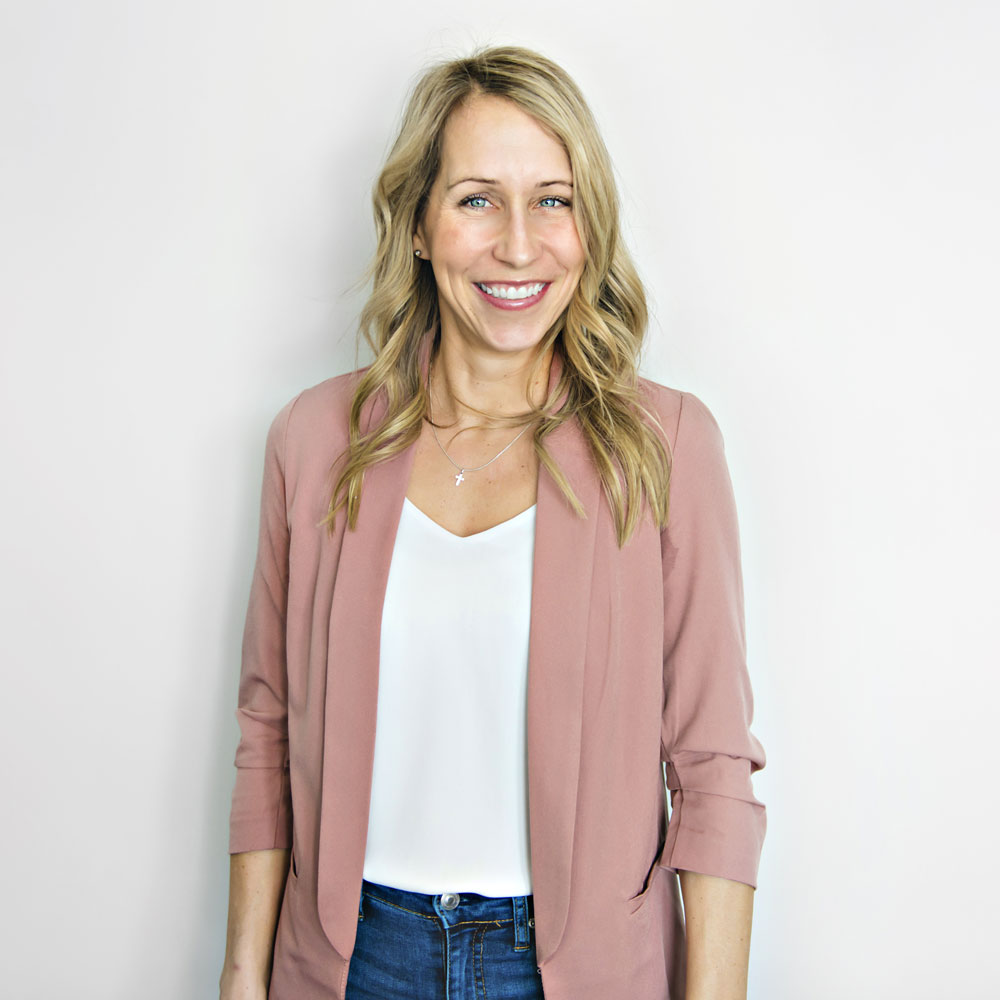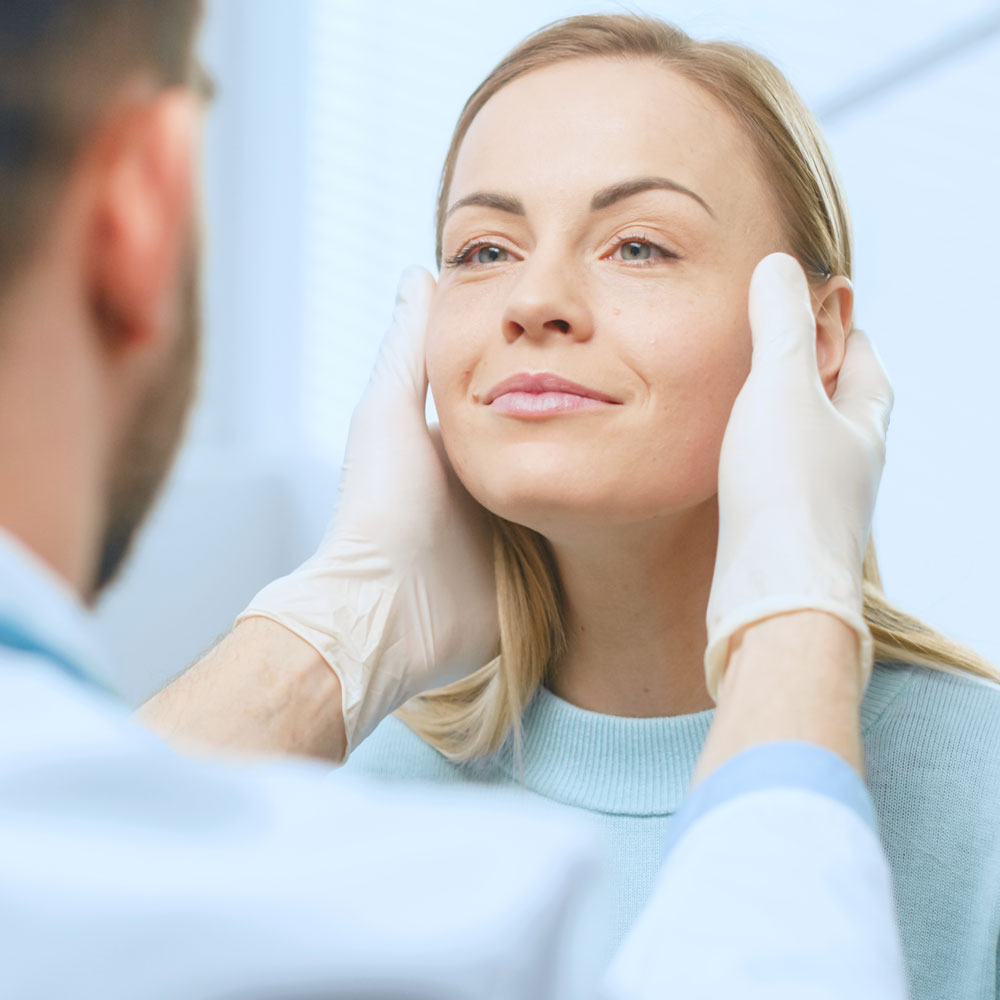Facelift Surgery Manchester
(Rhytidectomy)
Gain a new lease of life with Facelift Surgery by Manchester’s leading Facelift specialist Adam Goodwin
Gain a new lease of life with Facelift Surgery by Manchester’s leading Facelift specialist Adam Goodwin

A face lift is a specialised cosmetic surgery procedure by Mr Goodwin from Adam Goodwin surgery in which the deeper layers of the face including the muscle and fat compartments are lifted and pulled, either up in the case of the cheek or up and back in the neck in order to reduce the appearance of sagging of the neck, the jowl area and the fallen cheek. It is possible to reduce the physical signs of ageing through facelift surgery. If this describes some of your facial ageing concerns, then this article is for you.
For most of us, the way we look profoundly influences the way we feel. Our face can have such a strong impact on our self-confidence. Lines and creases, loss of skin elasticity and loss of volume causes the tissues of the deeper face and neck to sag crating jowls, a loss of neck angle and sad tired eyes. These problems can be exacerbated by lifestyle factors such as sun exposure, smoking and changes in body weight.
A facelift can help you regain a more youthful look by lifting jowls, tightening loose skin and lifting the cheeks and neck line giving a youthful, tighter, less tired appearance.
Face lifts are suitable for both men and women and have three subtle variations. These are a MACS lift, a standard face and neck lift which is the choice of most patients wanting a fresh look without too many overt signs of surgery or a face lift with extended neck lift. The right option for you will be the one that gets you the results you want traded off with the amount of surgery you are happy to choose. At your first consultation we will provide you with an honest assessment of what each type of face lift is likely to achieve, as well as discussing the face lift surgery cost, downtime, recovery, scars and overall effect.
Please view the videos below where Adam talks through aspects of Face Lifts:
A MACS face lift only involves making incisions in the front of the ear. MACS is one of the least invasive forms of face lift available at adam goodwin surgery. A MACS face lift may also be referred to as a ‘short scar’ face lift. Scarring those results from this type of face lift procedure can generally be hidden within your natural hairline. In men the scar sits in front of the ear and is a little less hidden but very acceptable in most cases
Its short scar means that a MACS face lift may have a shorter recovery period than that of a full face lift. MACS can be performed under local or general anaesthetic as per patient and or surgeon choice. It is the most cost effective of the facelift techniques but has a less profound effect on refreshing the face than some of the more invasive techniques. The focus is very much on the lower 2/3 rds. of the face. Typically, MACS face lifts are best for slightly younger patients or those with limited neck sagging.
A face lift with extended neck involves the same incision as standard face and neck lift but also extends more under the chin. An additional incision under the chin towards the neck crease is employed to allow direct tightening of the neck muscles both upwards towards the ears but also towards the midline of the neck. Deeper tissues are also tightened including the deep muscles of the neck. Additional fat is also removed. It is particularly effective for eliminating the folds of loose skin that can gather around the neck giving the neatest neck this type of surgery can offer. The trade-off is the additional scar under the chin which settles but can be seen in certain neck positions, especially during the healing phase.
A full face lift and face and extended neck procedure is almost always performed with the patient under general anaesthetic. Given that it is a more invasive surgery than a MACS face lift, you can expect a longer recovery period and will need to remain in hospital overnight.
Face lift surgery is often done in combination with a eyelid procedures to target sagging upper eyelids and or lower eyelid bags and tiredness. This helps to give the whole face a fresher and more youthful look.
A standard face and neck lift is also known as a full face and neck lift or a lower face and neck lift as it again concentrates on the lower 2/3rds of the face and neck. It does not offer improvement to the eyes or the brow and forehead area. Face and neck lift surgery includes the same scar in front of the ear but extends further behind the ear than a MACS face lift. This extension of the surgery allows much greater access to the neck area, allowing improved correction to the chin and jawline and neck sagging all the way to the neck crease.
A standard face and neck lift is always accompanied by liposuction, even in the slimmest of faces. It provides an excellent opportunity to directly tighten the loose neck muscles from the neck up and back towards the area behind the ears, hence the name ‘neck lift’
The fat generated from the liposuction can be discarded, or if you wish, reused in areas of lost volume like the lips, cheeks or temples. Ask Mr Goodwin if this is something you would consider.

Younger patients often ask whether face lifting is for them. The surgery and incisions involved are extensive, as can be the recovery, swelling and bruising. Face lift surgery is almost always only indicated when the changes to be experienced are significant enough to justify the scars and downtime but also demonstrate enough of an improvement to satisfy both the patient and surgeon.
Furthermore, facelift surgery is extensive surgery, covering a much wider area than the scars would suggest. This is great for the patient as the improvement is wide-ranging with only subtle scars. Having said this, it requires a general anaesthetic, and one night stay in hospital. It is not therefore recommended for people who are at significant risk of surgery or general anaesthetic.
Mr Goodwin will discuss with you at length if you are at any risk from surgery or anaesthetic. The hospital has excellent support services and so safety is guaranteed but be aware, if you are at high risk then you will need to have an extensive discussion about what can be achieved and the safety profile.
We will help you make an informed decision by assessing the tissues of your face as well as your general health condition helping you to understand the results we expect to be able to achieve for you.
Sadly, facelift surgery is judged by the cases which are obvious to the man or woman in the street. This is not representative of facelift results in general. A good facelift, well-planned and well performed does not stand out in a crowd. Patients usually ask us for improvements which enhance their natural look and this is what we aim to achieve.
Complications can occur with facelift surgery. These include haematoma (a collection of blood under the skin that must be removed by the surgeon), injury to the nerves that control facial muscles (usually temporary), infection, and more subtle complications like asymmetry (or more commonly an exacerbation of a pre-existing asymmetry), swelling especially around the cheek area and very rarely, adverse scarring both in the skin where the scars may be more visible, or in the deeper tissues of the face causing contour or shadow irregularities. Poor healing of the skin is most likely to affect smokers, requiring modifications to the operation.
By choosing to have your facelift performed at a specialist, well-established plastic surgery practice with a highly trained and an experienced surgeon, complications are infrequent and usually minor. Mr Goodwin specialised in face lift surgery and redo facelift surgery specifically and so you can be confident you are in experienced hands,
Mr Goodwin has been one of the most popular destinations for a facelift surgery in Manchester and the Northwest of England for the last 5 years having become established as perhaps the busiest practice for facial rejuvenation in the area. Mr Goodwin operates from The Spire Hospital in Manchester and 52 Alderley on Wilmslow high street. Both are state-of-the art facilities which enable him to provide the very best care to patients.
If you know anaesthetic has caused problems for you before, our anaesthetists can discuss various options before your surgery to make the process as pleasant as possible. We have the best anaesthetists in Manchester who can tailor the anaesthetic experience to your needs and medical history

Your first personal contact will likely be a free consultation in which we evaluate your face including the bony structure, soft tissues and skin as well as elements of asymmetry and dynamic motion. The consultation offers an open and honest conversation about what can realistically be achieved, allowing an informed decision about whether facelift surgery is right for you and potentially which type of surgery or what other treatments in combination may help you achieve your goal.
If you decide to go ahead then the next step is a comprehensive preoperative assessment both by Mr Goodwin, the hospital team and the pre-assessment department. This will usually involve preassessment tests, questionnaires and some additional information and paperwork.
Throughout the process you are encouraged to ask questions. There is no such thing as a stupid question. Occasionally sadly there are some stupid answers! You will be given full details on when and how to attend the hospital including what to bring and the process involved.
Your surgery day will typically involve an early arrival at the hospital followed by a review by your surgeon, your anaesthetist and the nurse team on the ward. Surgery typically takes between two and three hours depending on the combination. Facelift surgery almost always requires one night stay in hospital with some extended bandages. You will inevitably be swollen and bruised and feel a little beaten up the day of and after surgery.
The day after, the bulk of the bandages are removed and you’re encouraged to wash your hair. You will be discharged with whatever medication you might need. The next two weeks are all about downtime, recovery relaxation and waiting for the surgical results to start to emerge.
Pain after surgery is typically mild and prescribed medication to cover pain will be given. Swelling is inevitable as his bruising. These can be quite profound especially in the first few days after surgery. Try not to worry. It’s the same for everybody and everybody feels that the final result will never come… It will but it doesn’t start to show itself until at least two weeks following surgery in most cases.
You’ll need to keep your head elevated and as still as possible for a couple of days after surgery to help reduce the swelling. It’s important to get plenty of rest so expect to take up to two weeks off work and enlist some help with cooking, dressing and everyday living. You will be able to wash your hair regularly once you get home.
Most of your stitches will be removed after one week and the scars will be hidden within your hair and in the normal creases of your skin so won’t be easily visible. Those that aren’t removed will be dissolvable. These may still be visible especially behind your ears for some weeks after surgery. Please don’t worry as they will dissolve. Some moisturiser may speed the process up.
This is a significant and invasive procedure so don’t expect to feel normal for a few days afterwards, possibly weeks. We will give you the necessary guidance to help ensure your recovery goes as smoothly as possible. Normal for some people involves taking the children to school for others involves running marathons. Even within those groups different people heal at different speeds and have different activity levels post-surgery. Stay in touch with your surgical team and they will advise you as to what is normal and what can be expected.
Rest and recuperation are extremely important. Before you leave hospital, we will talk to you about how you can best help yourself to recover as quickly as possible. You’ll also be invited to attend follow-up appointments where we can review how well you are healing and address any concerns. Be aware, there will be some bumps in the road. They always are. These are typically quite personal and can come at any time but almost coming in the first two weeks following surgery.
We have an additional information for people recovering from facelift surgery which can be found via the link below to help you with this process.

Given that we’re aiming for an enhancement of your natural look, you won’t need to worry about people realising that you’ve had a facelift. Usually, patients who have had facelifts tend to find that people comment on how well they look, how refreshed. You may wish to only see close friends and family who know you’ve had the operation while your bruising settles down. If you choose to tell people, then they will quickly accept your bruised and swollen look and will travel the healing process with you. If you don’t want anyone to know, which is the commonest course most people take, then you may have to keep a low profile especially from your best friends for 3 to 4 weeks following surgery, at least.
For the ladies, make up can be used after two weeks to cover up any swelling or bruising, if it persists.
Time in Theatre
Time in Hospital
Recovery to Comfort
Recovery back to work
Back to full exercise
Time in Theatre
Time in Hospital
Recovery to Comfort
Recovery back to work
Back to full exercise